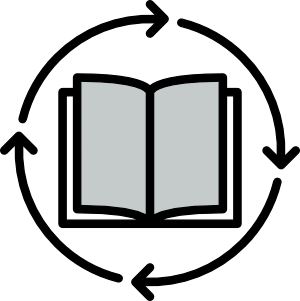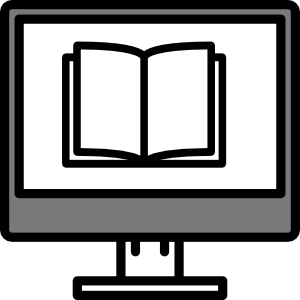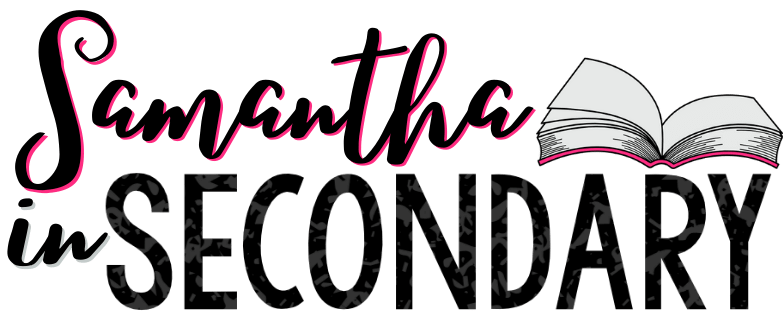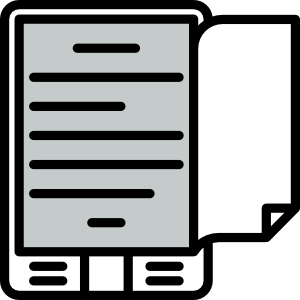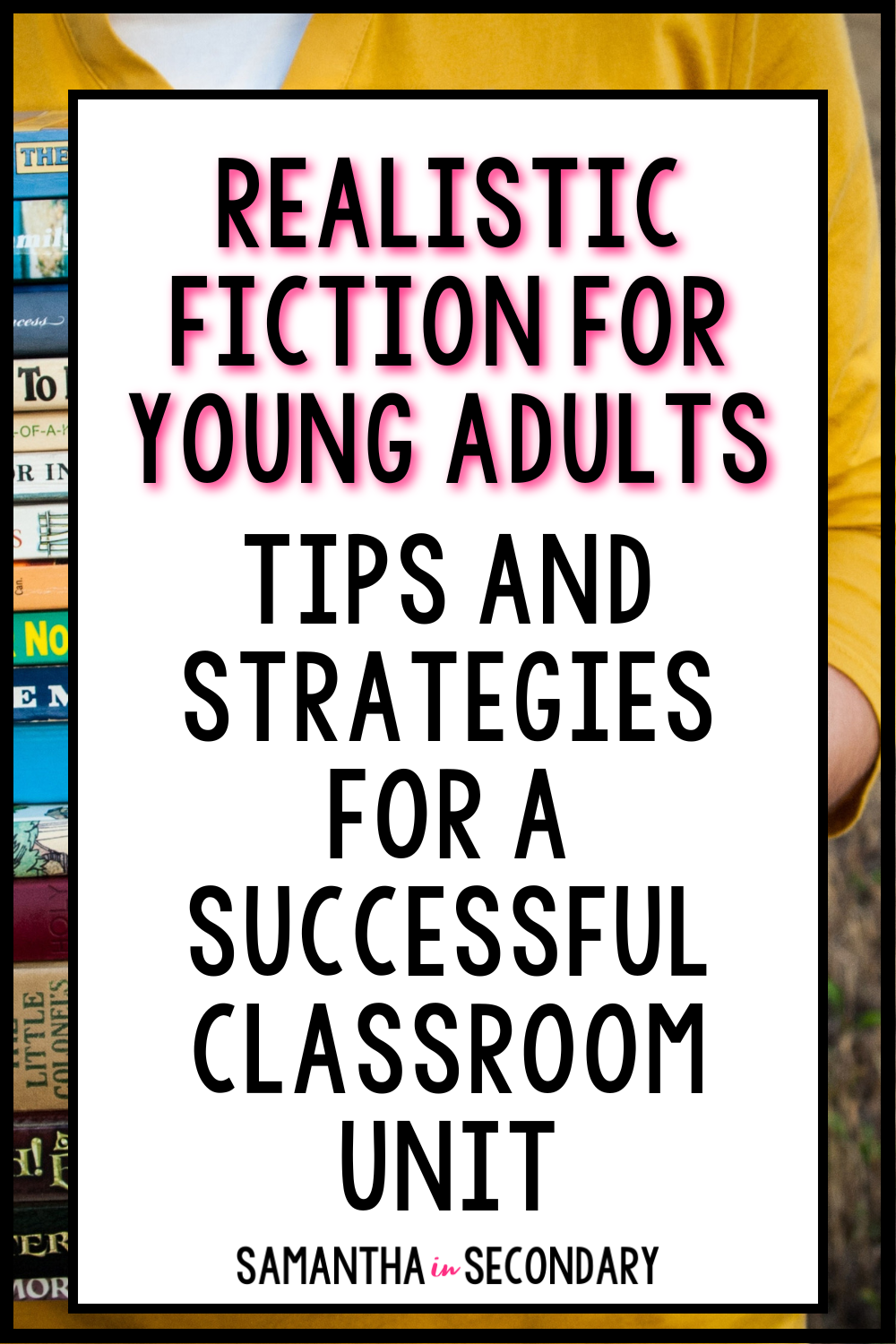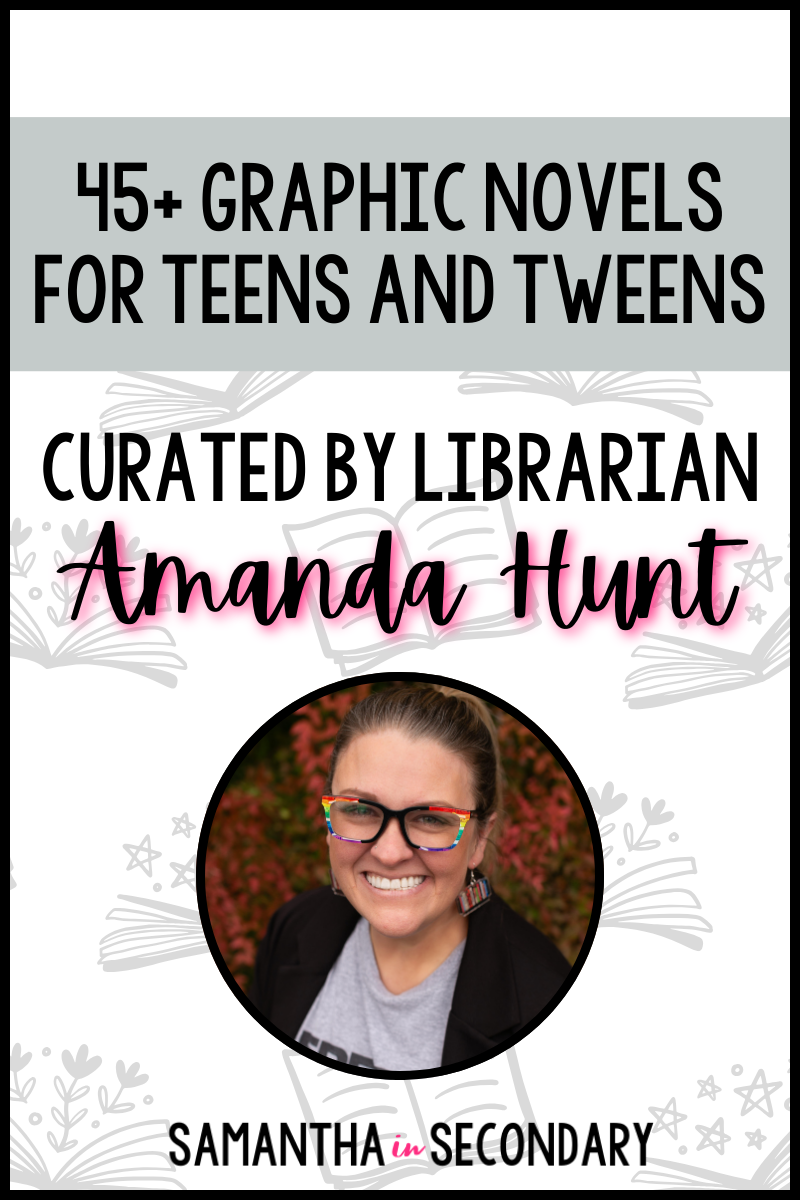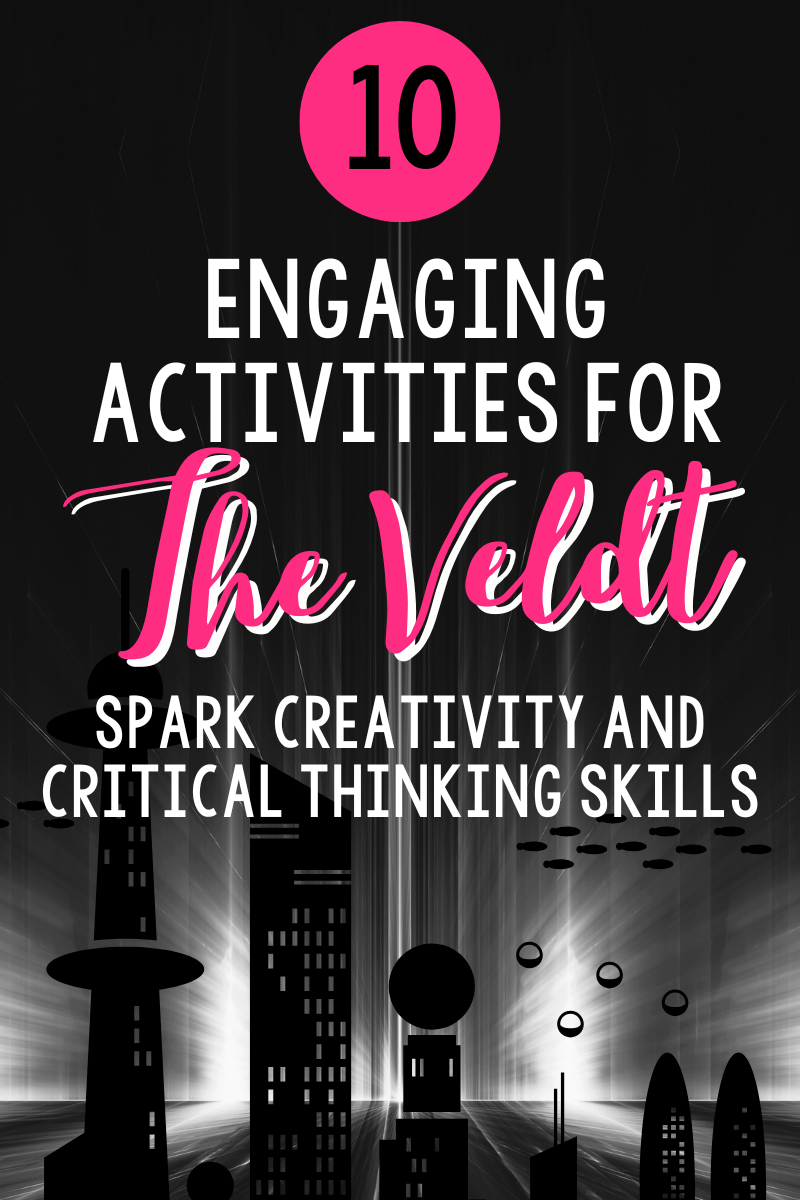As a high school English teacher, a robust independent reading program has always been a staple of my classroom and coming up with unique independent reading assessments to make sure students have actually read was always a difficult task. Allowing students to have a say in their reading is an incredibly motivating tool. Students are much more likely to be engaged in class if they are interested in the text. This leaves teachers with a problem. If we are letting students choose their own novels, how do we know they actually read? Here are some ideas for assessing choice reading for your secondary students!
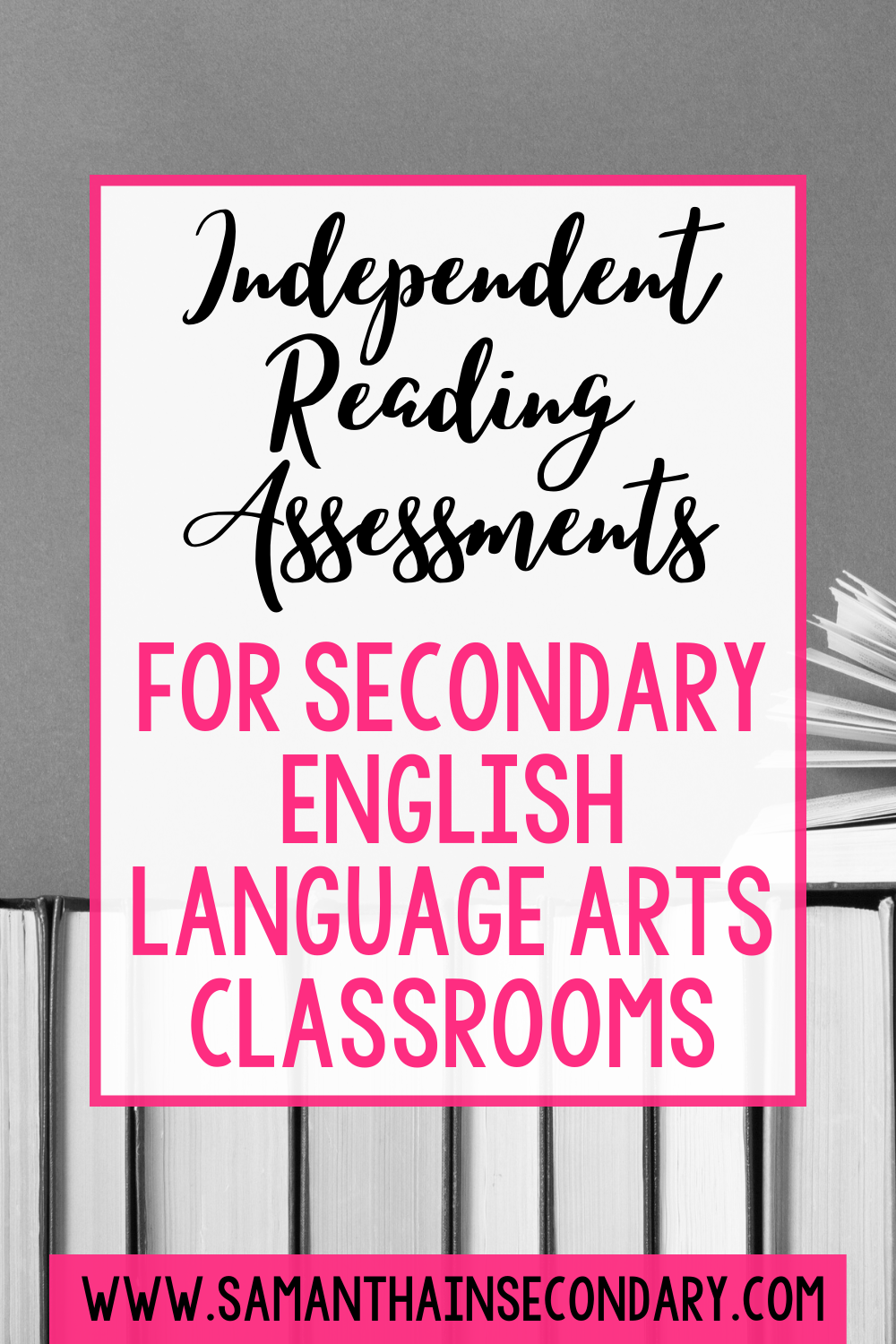
#1: One Pagers
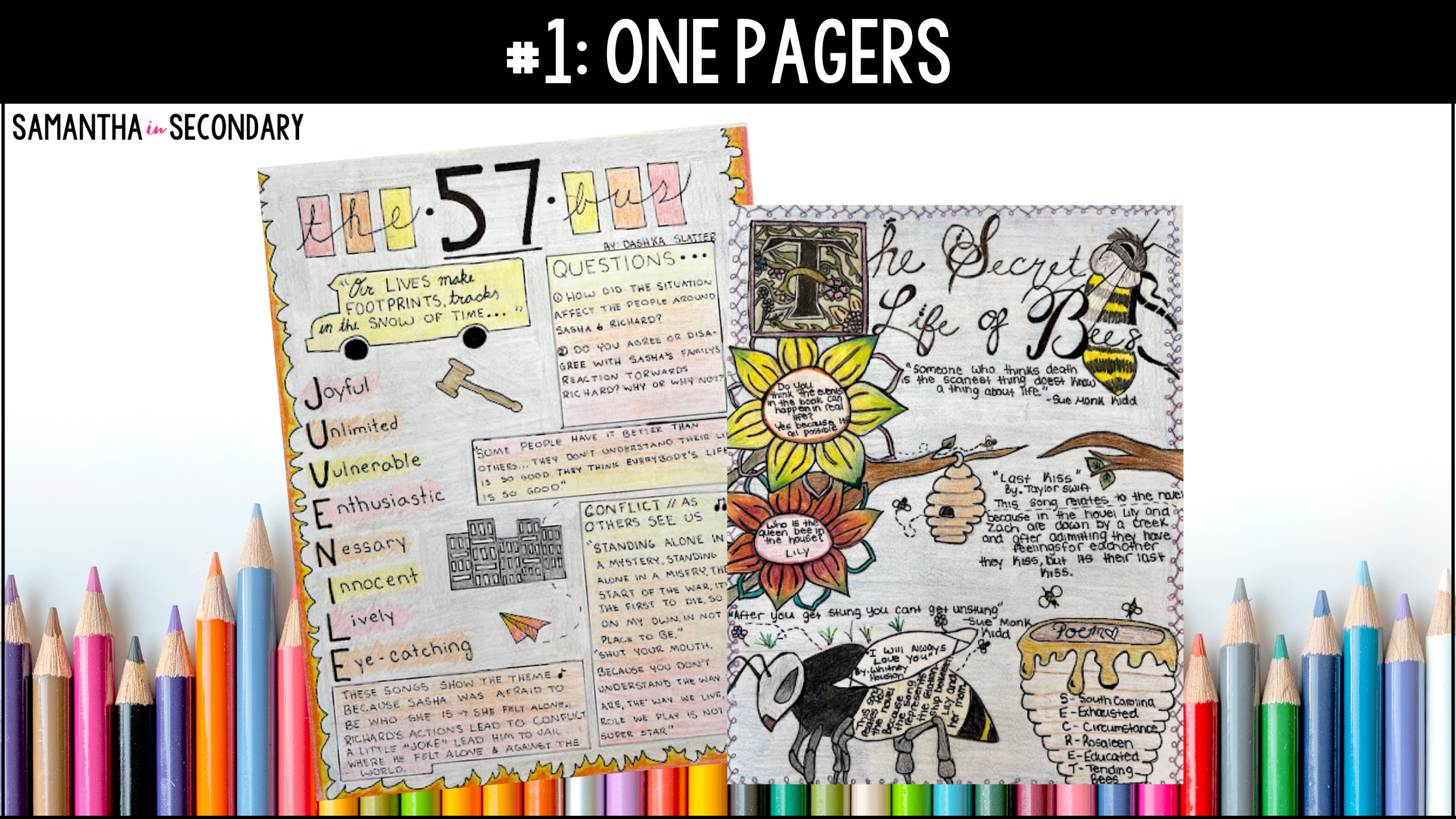
One Pagers are a popular form of independent reading assessment because they allow students to be creative and no two are alike. This makes it very hard for students to fabricate their knowledge because most of the included activities require students to analyze what they have read. This can include choosing theme songs for characters, illustrating a scene from the novel, or picking quotes that show the theme. The sky is the limit when coming up with the activities for your students to complete to fill their page.
One Pagers can easily be adapted for distance, 1:1, or hybrid learning if that is how you are teaching as well.
For more information about One Pagers, click here to see an in-depth blog post on the topic.
For a ready-made template with instructions, examples, and rubrics ready to go, click here to see my resource.
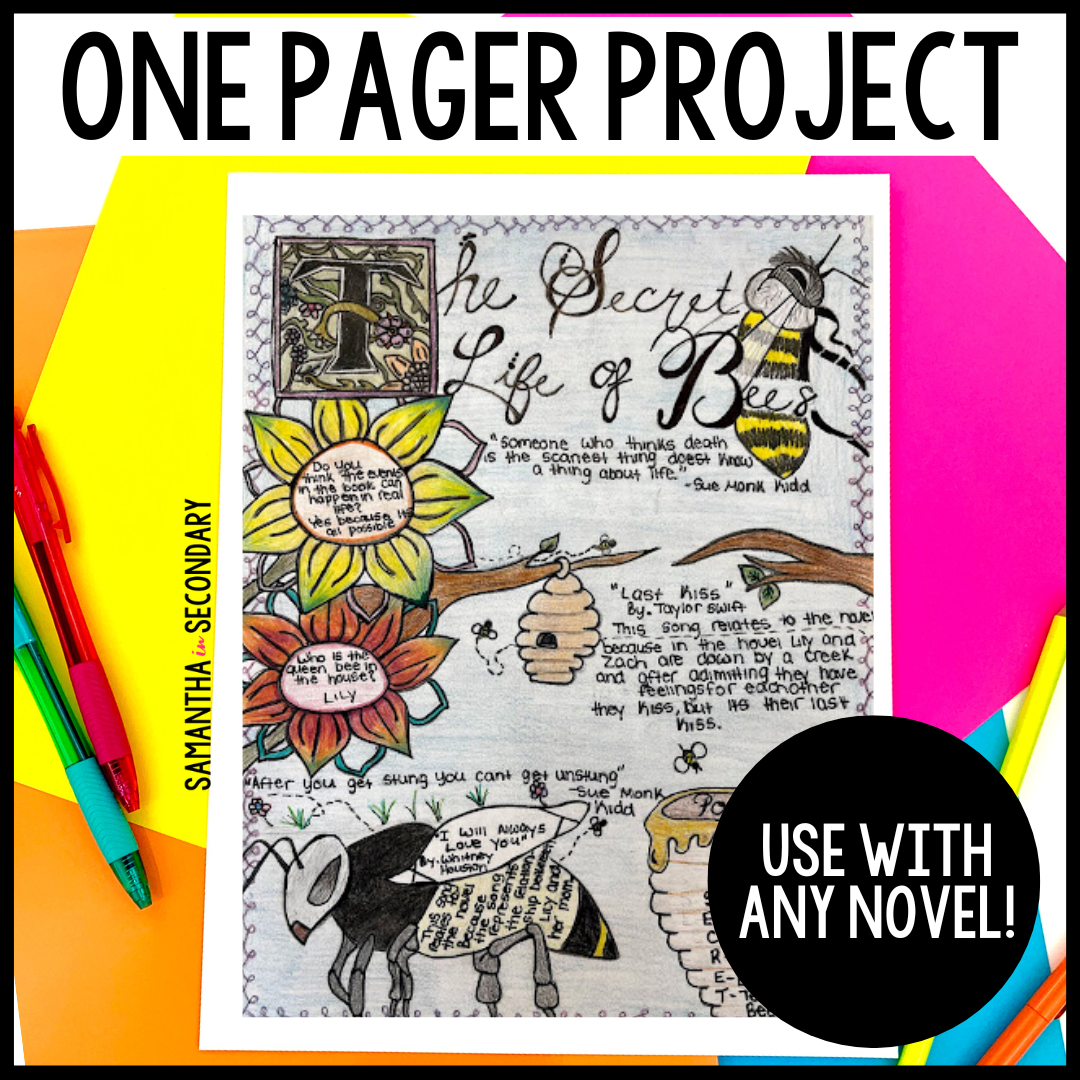
#2: Response to Literature Activities
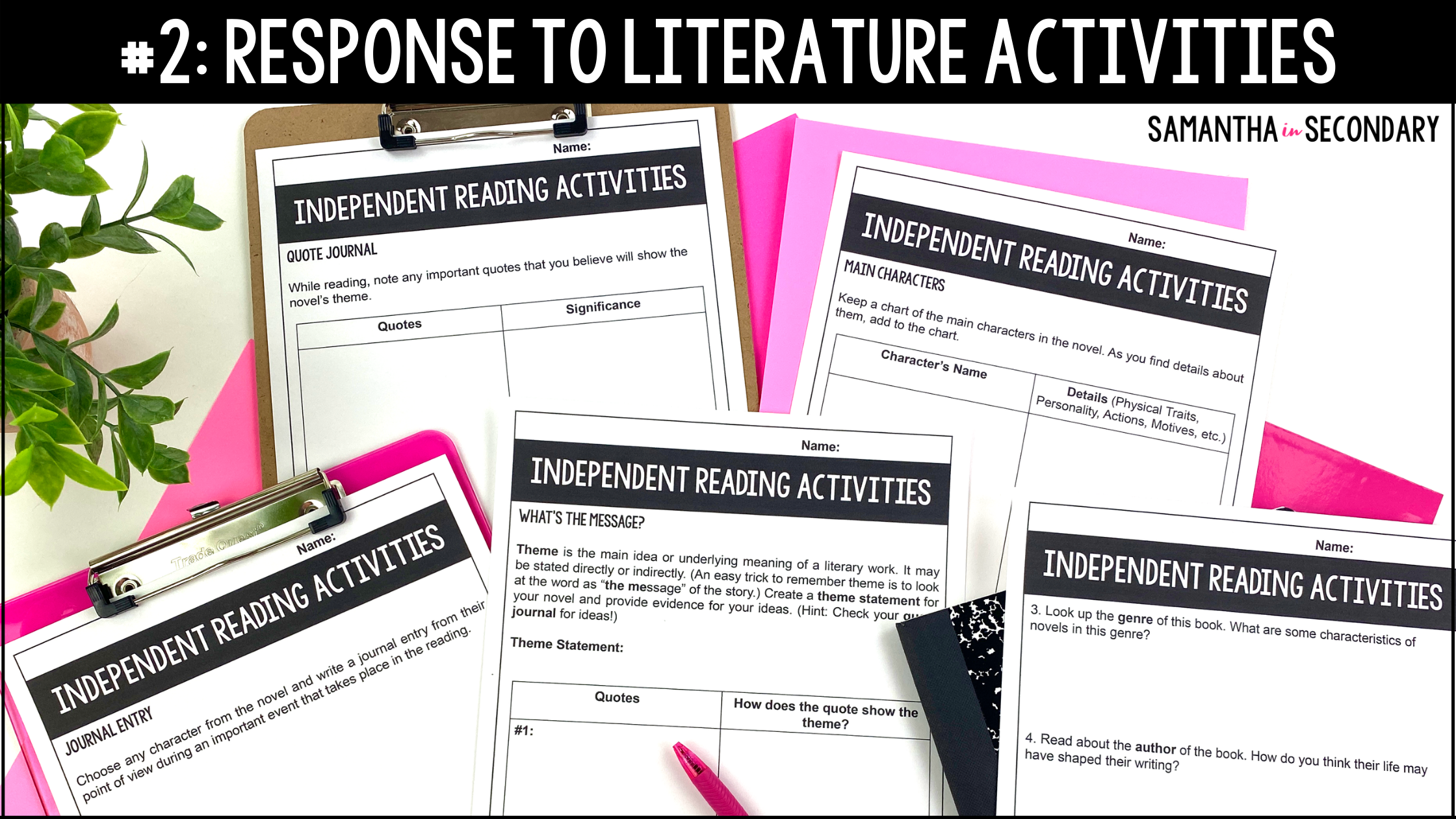
Response to Literature activities make powerful independent reading assessments because they have students engaging with the text before, during, and after reading. The possibilities are endless as far as coming up with ideas that can work for any novel. Here are just a few:
- Before Reading: Set context, activate prior knowledge, make predictions, develop questions, study the time period, investigate the author, etc.
- During Reading: These activities can include anything from doodle notetaking, close reading, and more. AdLit has an impressive list of ideas on their website as well.
- After Reading: Use this blog post for 7 great ideas!
I created a resource for my own students and decided it was worth listing in my shop and sharing with all of you. Independent Reading Activities for Any Novel includes a variety of activities that allow students to demonstrate their learning. The activities are split into the three categories: before, during, and after reading. There are ten activities total and they’re completely done which means NO prep for you.
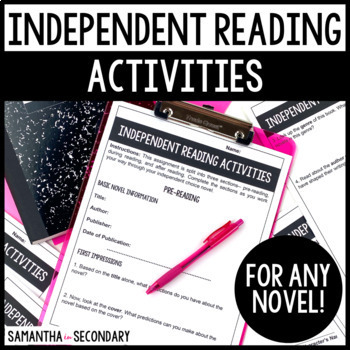
#3: Book Flat Lays
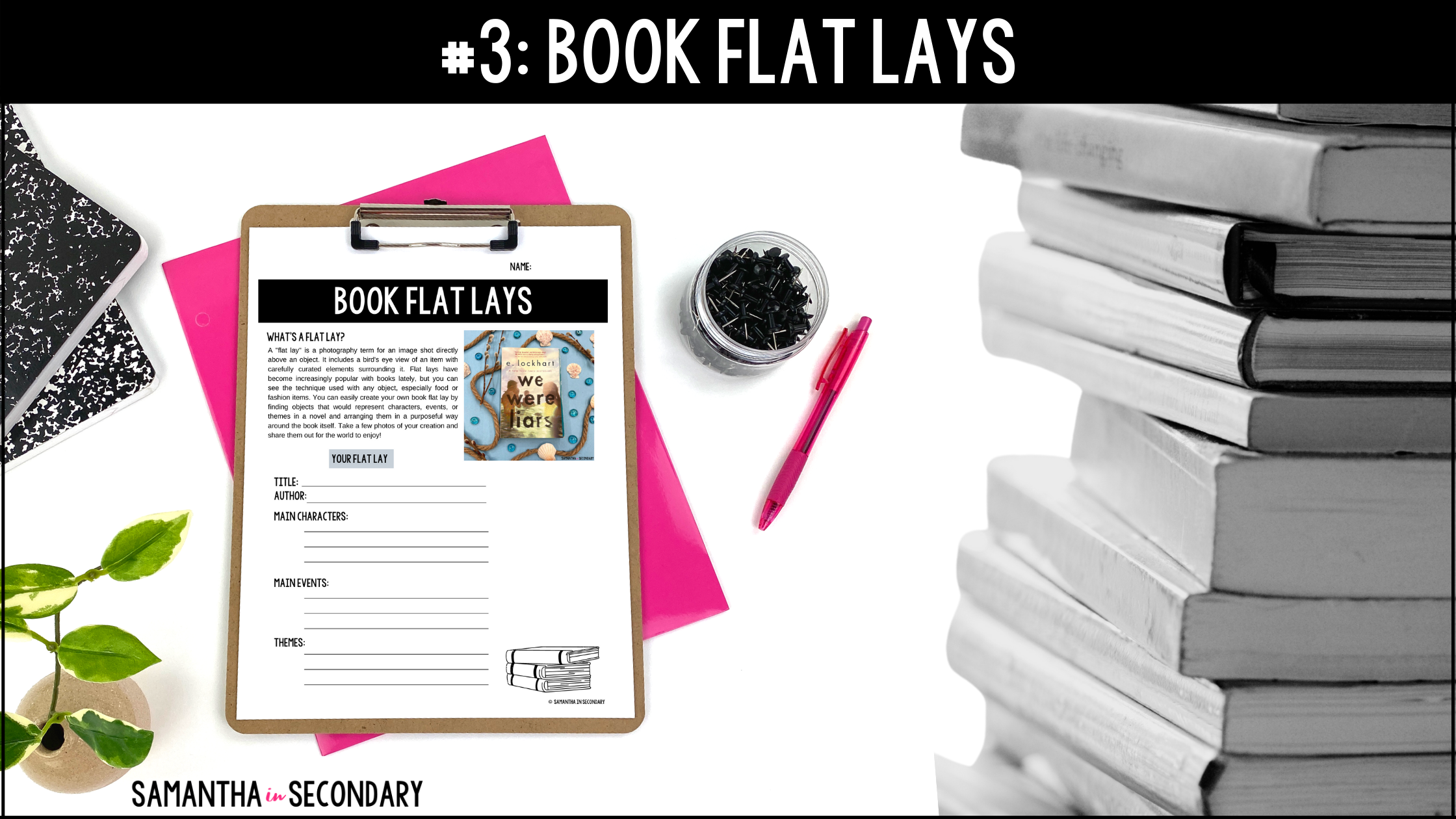
One of my more recent favorite independent reading assessments has been Book Flat Lays. You’ve probably seen these on social media and I thought they were so clever that I decided to bring them into my classroom. This type of reading project requires students to think critically about elements in the novel and stage a photo of the book with props that show different aspects of the book. Again, this is another project that is very hard to fake, so if a student didn’t read, it’s almost always very clear.
For a full blog post on Book Flat Lays, click here to read through my entire process. This project is always a crowd pleaser and one that students talk about long after the cameras are put away.
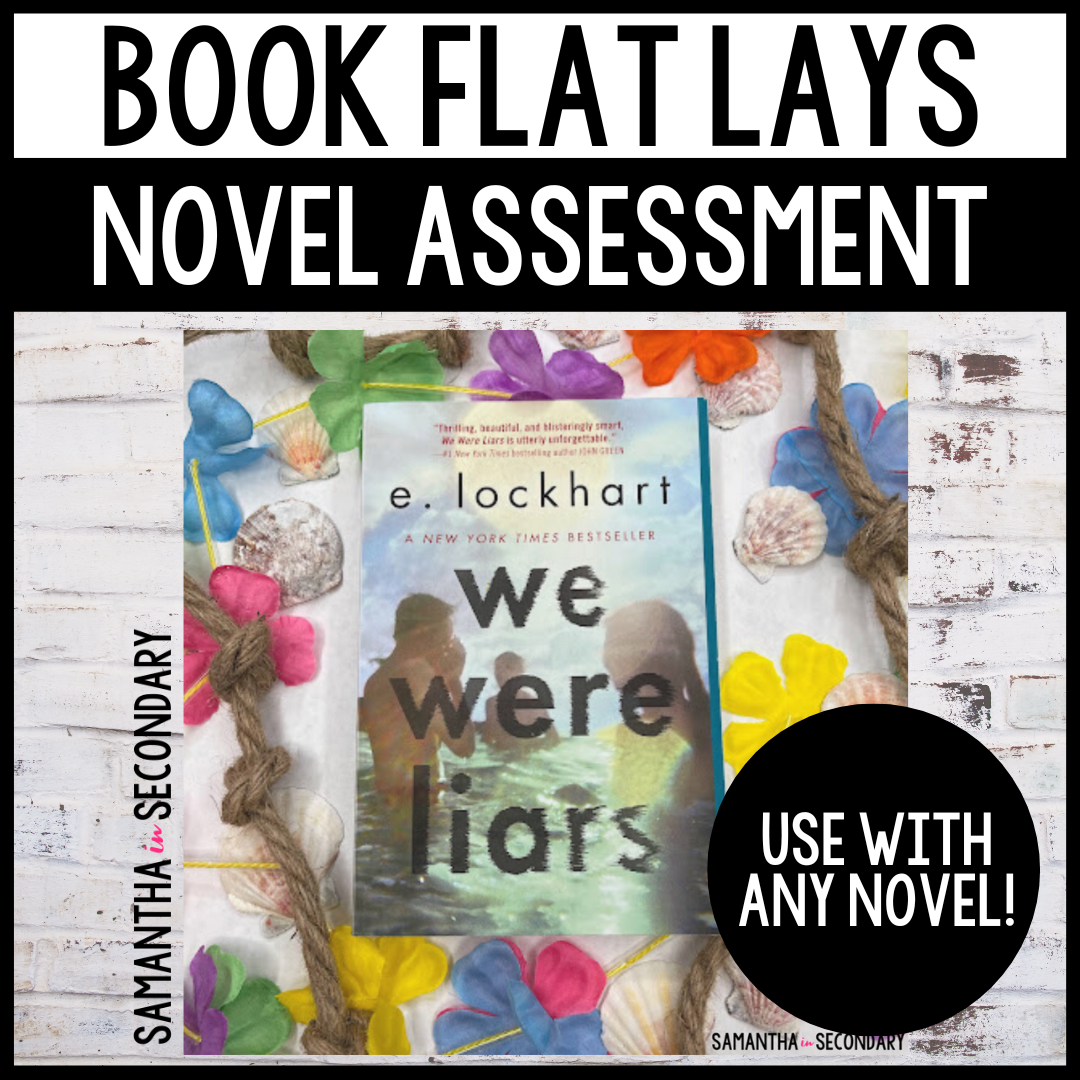
#4: Literary Field Trips
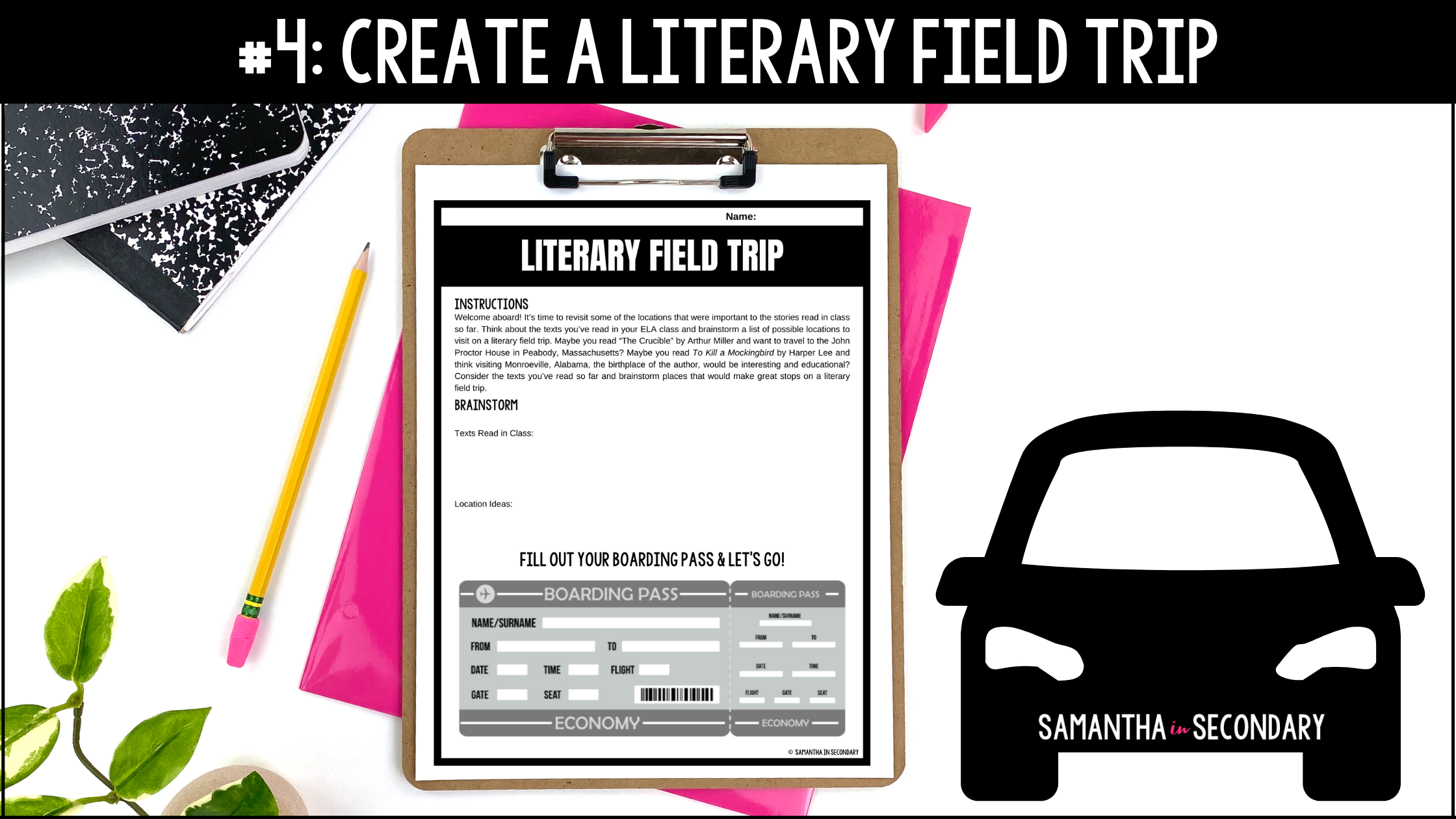
One of my favorite ideas for independent reading assessments is to have your students create a literary field trip. This works especially well if your students are reading historical fiction or books that are based on a real place. (It even works for nonfiction as well!)
The gist of the project is that students research various places from a text. So, if students were reading Born a Crime by Trevor Noah, they could make a list of locations in South Africa to research and create their field trip on. It’s a really clever way to incorporate multiple skills into one project.
To check out my pre-made version with everything you need to introduce this project today, click here.
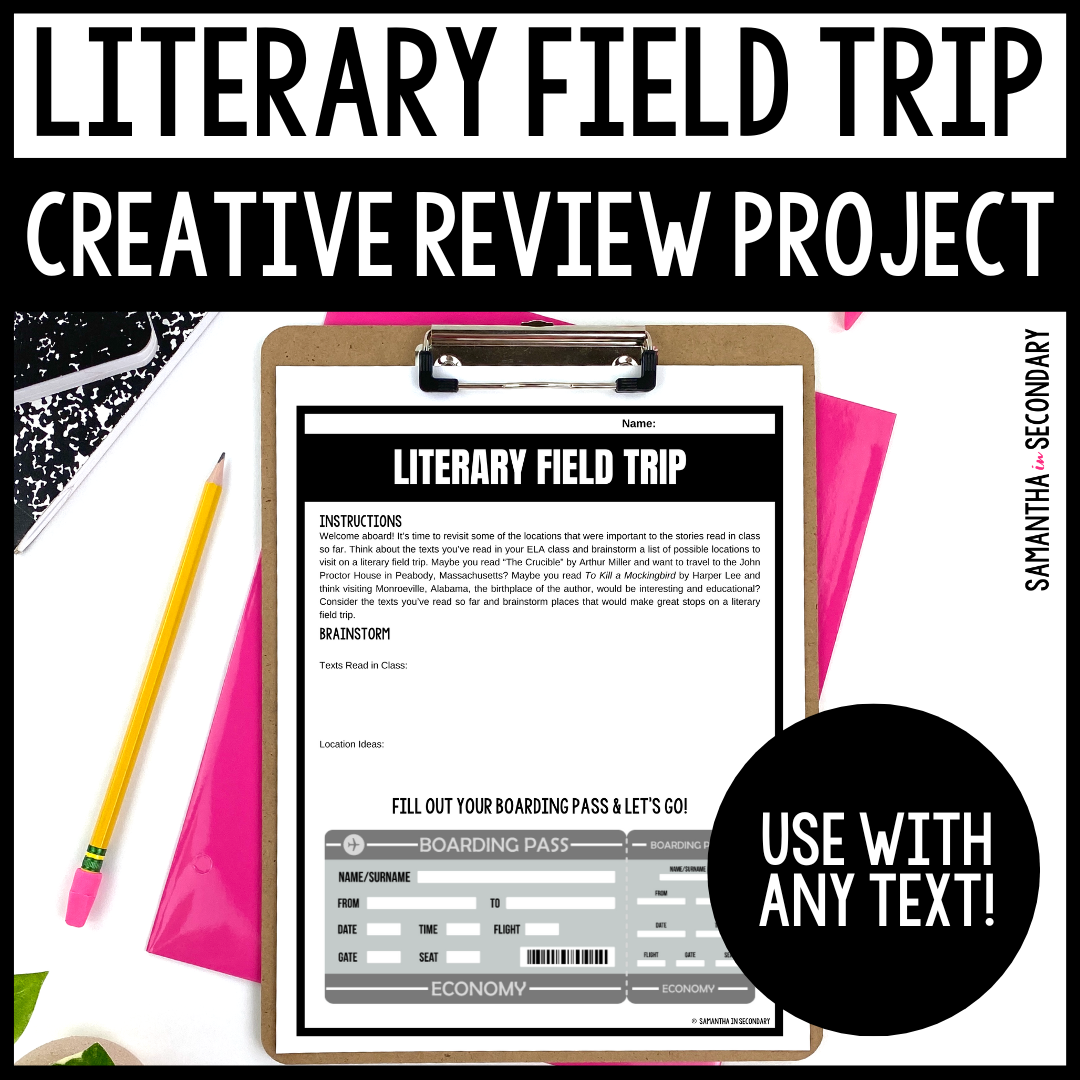
#5: Literary Quote Books
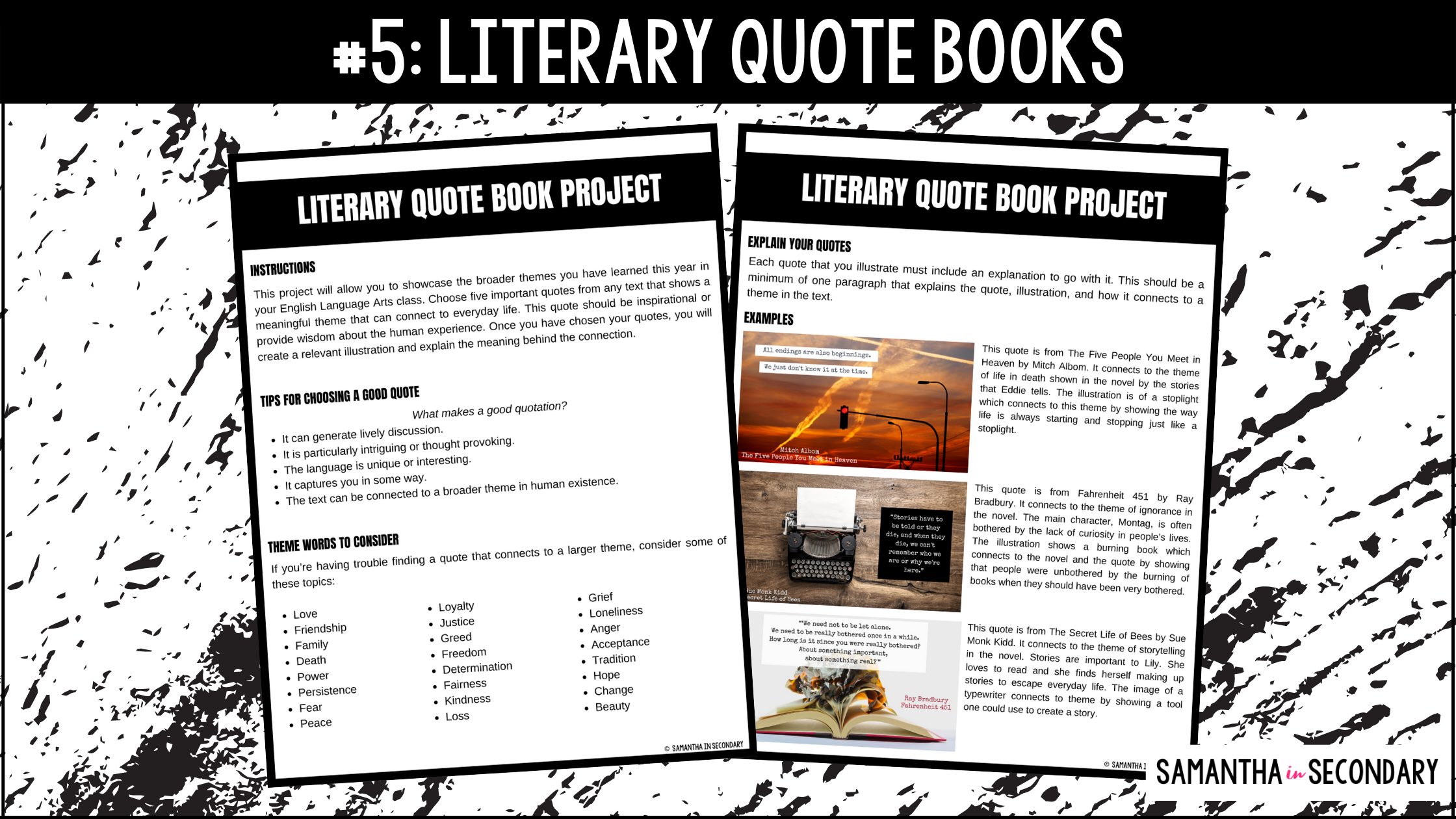
I got the idea for Literary Quote Books while scrolling social media one evening. I thought, “What if we have students choose the most meaningful quotes from any novel they’ve read and curate a book out of them then explain how they connect to the theme?” This was the basis for the idea, but it took off from there.
Truly, this can be a really flexible project for all types of learners. Students who are more artistic can draw a quote book out. Students who like to create digitally can use a program like Canva to design their quotes. (You could even have them create a social media carousel with them.) I’ve even had students who wanted to create and stage photos of the quotes or make them on large pieces of paper.
The possibilities really are endless with this idea. Since it incorporates close reading and theme analysis, the rigor is there no matter how the information is presented.
To check out my full resource, click here or the image below.
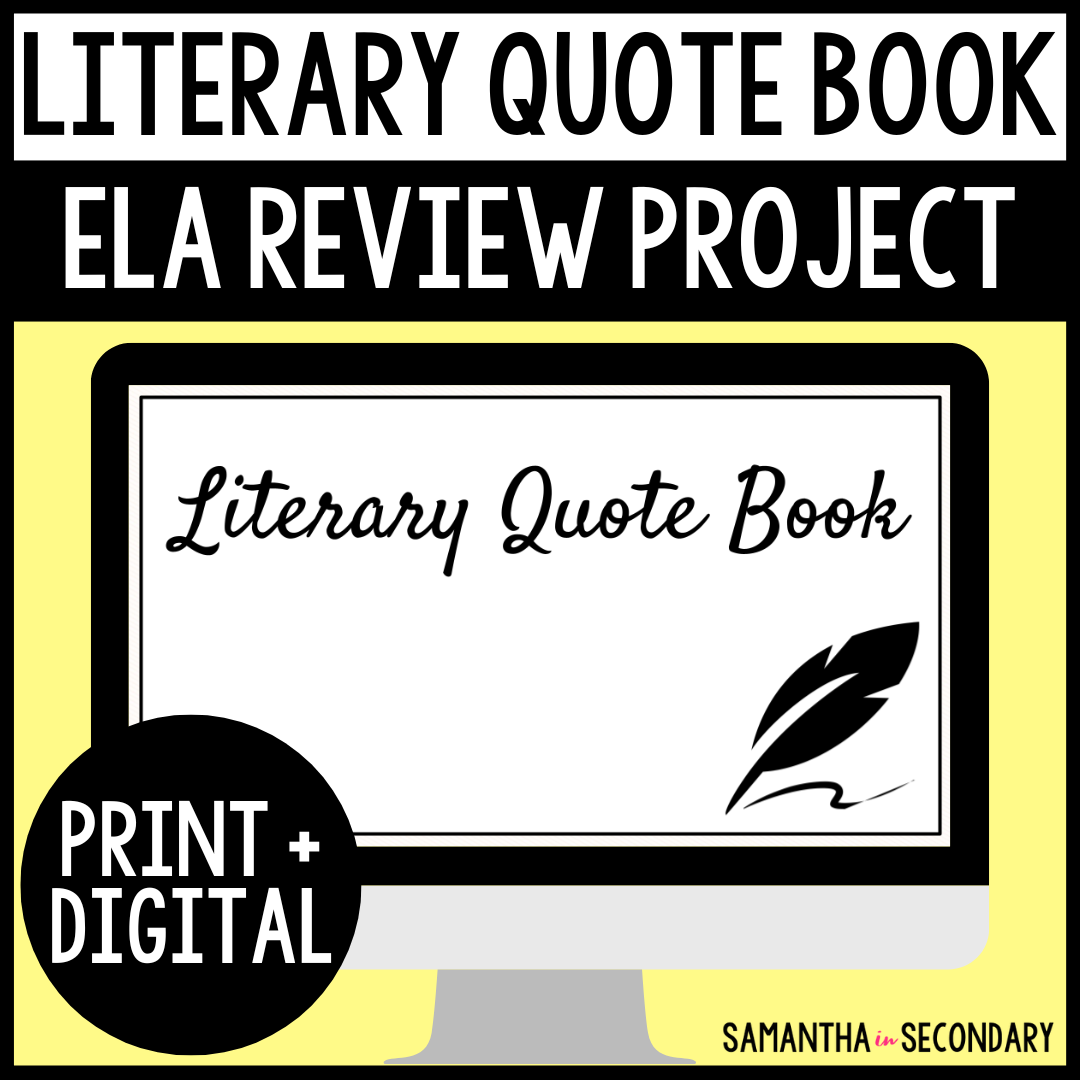
#6: Mood Boards
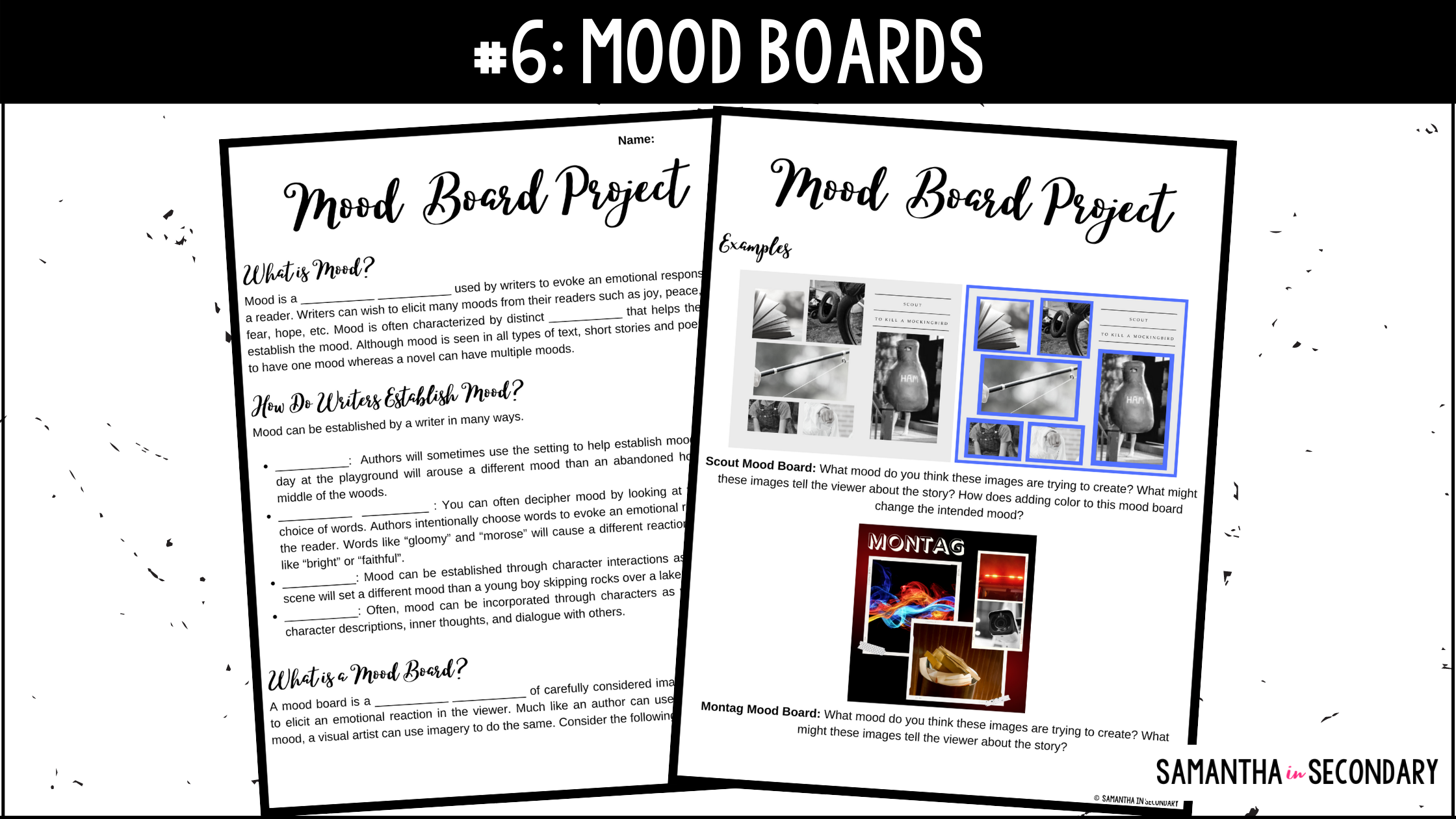
A Mood Board is a visual representation of carefully selected images that seek to elicit an emotional response from a viewer. Creating a mood board to represent a book requires a lot of analysis and critical thinking from our students.
I love having students put together mood boards because, again, it combines a lot of 21st century skills like spatial design, technology use, close reading, etc.
Check out my full blog post on Mood Boards here and see my ready-to-go resource in my shop right here.
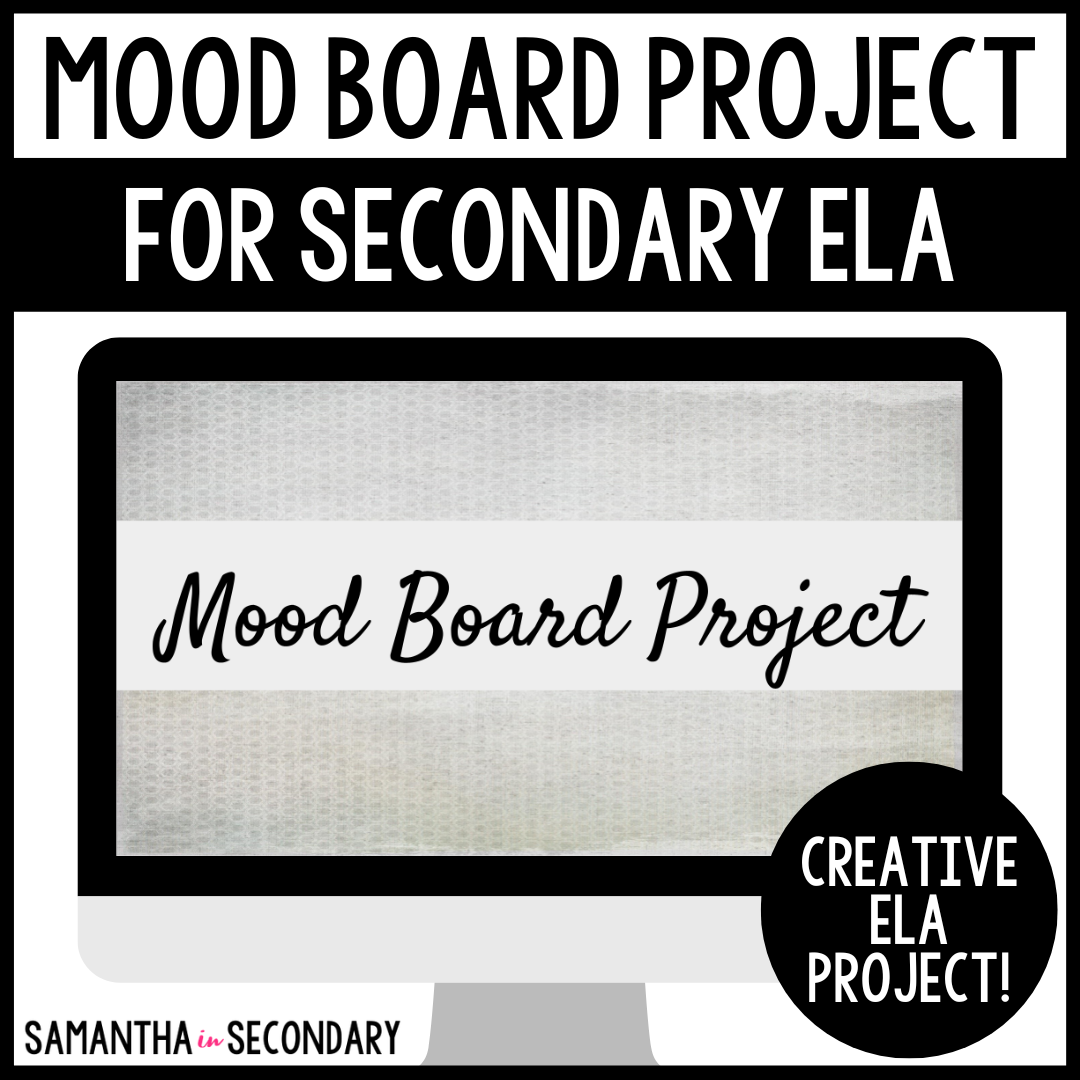
#7: Independent Reading Choice Board
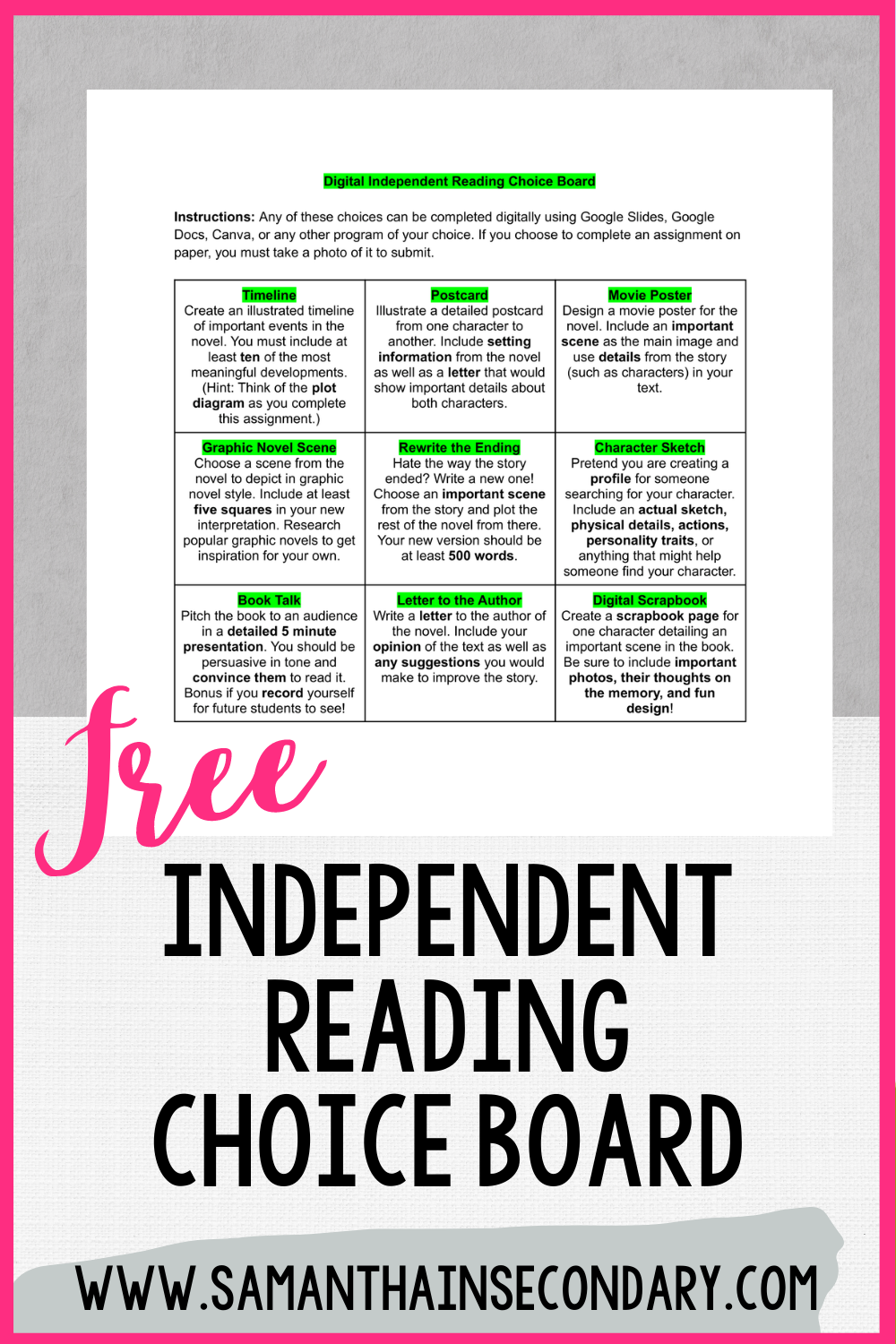
Just like choice reading, students love a good choice board to pick their own assessment. I have an editable Independent Reading Choice Board already done for you that you can download for free from my Teachers Pay Teachers shop. Click here to check it out.
Get the Bundle and SAVE!
Download my full Independent Reading Unit Bundle and save 20% on ONE FULL INDEPENDENT READING UNIT. From start to finish, this unit is fully stocked with engaging activities and everything you need to run an organized, meaningful choice reading unit. Check it out here!
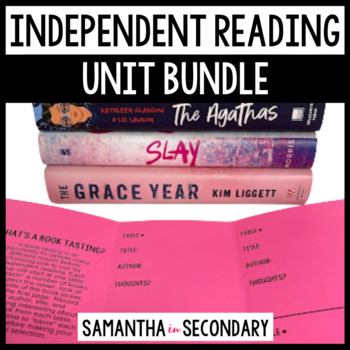
Giving students the gift of engaging literature makes for lifelong readers. I hope you’ll consider giving your students choice in their reading picks. I know that any of these assessments will help you manage the task in an authentic, engaging way.
Happy teaching!


